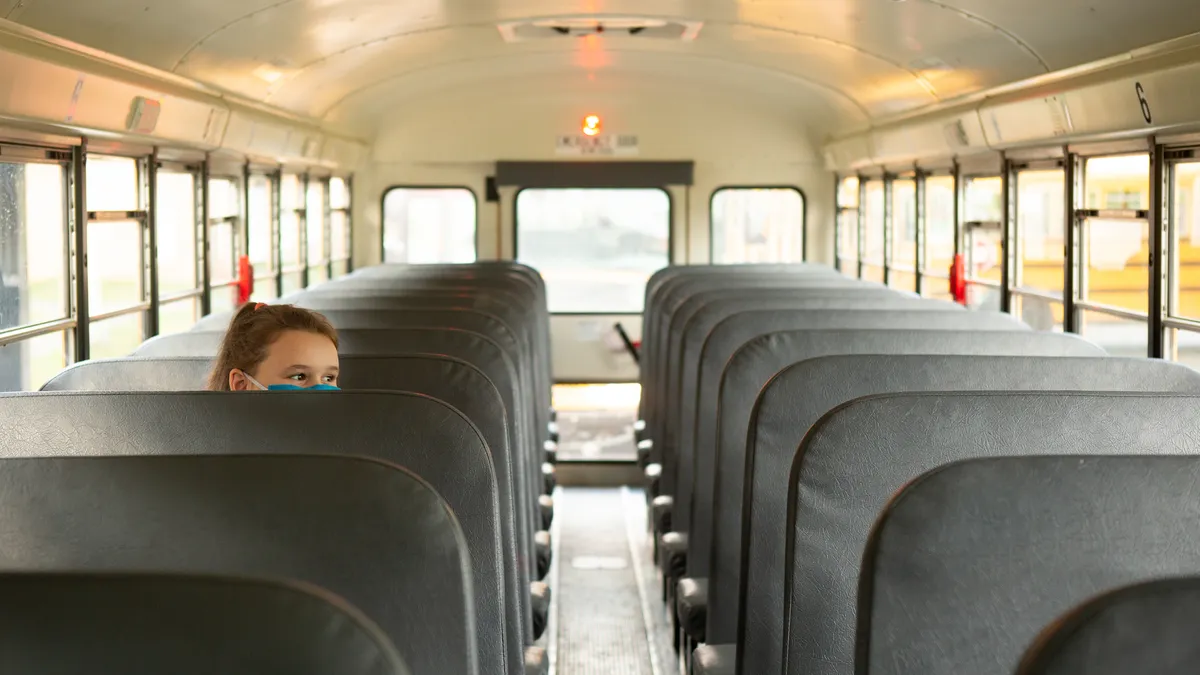The rapid growth of the charter school sector in its early years was often framed as an opportunity to improve public education. Charter schools, with fewer bureaucratic hurdles, would be able to innovate and create a pipeline for improvement strategies that could circle back to the district-run schools and help everybody.
Looking back at the 25-year history of charter schools, researchers have tried to assess the impact of the sector on overall achievement. Results have been mixed. Some urban charters have been able to consistently outperform district-run schools while others have done no more than match achievement — or, in the worst cases, offer an inferior education.
While charter school laws and regulations vary from state to state, one defining characteristic of charter schools is their freedom to build and change programs as they see fit. That allowed the Camino Nuevo Charter Academy in Los Angeles to offer bilingual education without jumping through any hoops in a state that outlawed the practice from 1998 to 2016. It also allows a range of charter schools to lengthen their school days and years and experiment with innovative learning strategies and technologies.
Today, technology is integral to the success of many of the nation’s high-performing charters, whether because it creates a home base for student learning or because it helps teachers and administrators track outcomes and achieve steady improvement.
Richard Whitmire, veteran journalist and author, has spent years researching the nation’s best charter schools and analyzing the source of their success. His latest book, “The Founders: Inside the Revolution to Invent (and Reinvent) America’s Best Charter Schools,” he follows the path toward Charters 3.0, which he says follows the early “No Excuses” charter movement and the growth of rapidly scalable charter management organizations. The 3.0 version of top-performing charter schools is all about personalized, student-centered learning.
At STEM Preparatory Schools in South Los Angeles, that means giving a predominantly black and Latino student body a window into the world of science, technology, engineering and math through an inquiry-based education. CEO Emilio Pack says every single class starts with a compelling problem and teachers give students the space to investigate, struggle, collaborate and build resiliency to solve challenging problems like scientists do.
For their culminating project in a senior engineering class, for example, five girls have developed a bracelet that allows users to contact help if they are in danger of sexual assault.
“Women who are underrepresented in STEM will get very involved in creating STEM solutions if there’s a social problem attached to it,” Pack said at a recent conference for journalists hosted by the Education Writers Association.
Between 95% and 100% of seniors will be accepted to college this year, and Pack said 70% of STEM Prep students have declared STEM majors.
STEM Preparatory schools were designed as California was phasing out legacy exams and introducing Common Core-aligned standardized tests. Pack said he and his team knew new tests were coming, but they designed the school focusing more on the skills students would need to be successful beyond graduation rather than the ones they’d need to master formal assessments.
In the end, Pack said the critical-thinking and problem-solving focus of the Common Core exams give his students an advantage. STEM Prep students have exceeded the performance by the average Los Angeles student since the tests debuted.
At Summit Public Schools, 3.0 innovation has meant eight weeks per year of expeditionary learning, regular exposure to project-based learning and daily personalized learning time, which students complete through Summit Basecamp, a personalized learning platform now in use by more than 100 schools nationwide.
Asking students to take charge of their own learning has been embraced as a way to prepare them for college, where they will have to manage their own study schedules without the steady hand of an insistent teacher. It also means every student gets support wherever they are in the learning process.
Adam Carter, chief academic officer of Summit Public Schools, told journalists at the EWA conference the network’s schools serve more special education students than their home district averages. And these students also thrive.
“One thing about trying to do what’s best for all students, best practices often work best for everyone,” Carter said. “We find we don’t need to use as much sheltered instruction because the mainstream works.”
Summit, perhaps more than most charter networks, has maintained a commitment to the original framing of charter schools. Fully 68% of partners using its personalized learning platform are district-run public schools.
Whether the sector as a whole has lived up to its promise of innovation is questionable, but there are certainly schools worth learning from and those that have doubled down on a vision of improving public education as a whole.







 Dive Awards
Dive Awards














